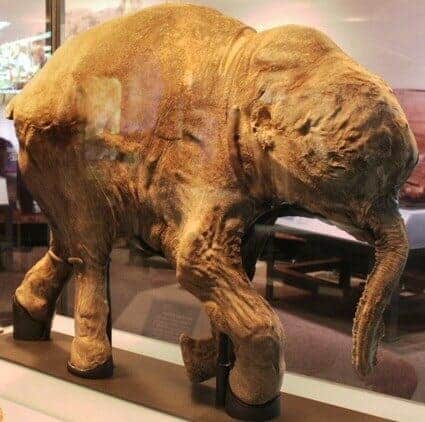Human expansion caused the mass extinction of large animals over the last 100,000 years
Was it mankind or climate change that caused the extinction of a considerable number of large mammals about the time of the last Ice Age? Researchers at Aarhus University, Denmark, have carried out the first global analysis of the extinction of the large animals, and the conclusion is clear – humans are to blame.
“Our results strongly underline the fact that human expansion throughout the world has meant an enormous loss of large animals,” says Postdoctoral Fellow Søren Faurby, Aarhus University.
Was it due to climate change?
For almost 50 years, scientists have been discussing what led to the mass extinction of large animals (also known as megafauna) during and immediately after the last Ice Age.
One of two leading theories states that the large animals became extinct as a result of climate change. There were significant climate changes, especially towards the end of the last Ice Age – just as there had been during previous Ice Ages – and this meant that many species no longer had the potential to find suitable habitats and they died out as a result. However, because the last Ice Age was just one in a long series of Ice Ages, it is puzzling that a corresponding extinction of large animals did not take place during the earlier ones.
Theory of overkill
The other theory concerning the extinction of the animals is ‘overkill’. Modern man spread from Africa to all parts of the world during the course of a little more than the last 100,000 years. In simple terms, the overkill hypothesis states that modern man exterminated many of the large animal species on arrival in the new continents. This was either because their populations could not withstand human hunting, or for indirect reasons such as the loss of their prey, which were also hunted by humans.
First global mapping
In their study, the researchers produced the first global analysis and relatively fine-grained mapping of all the large mammals (with a body weight of at least 10 kg) that existed during the period 132,000


